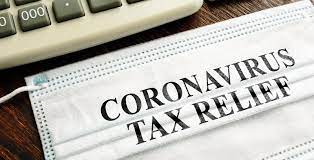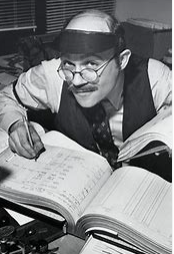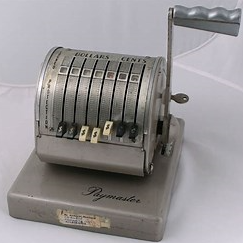The USCIS has revised the form I-9 effective August 1, 2023. This new form will be in effect until July 31, 2026. Employers may use the 2019 Form I-9 through October 31, 2023. Beginning November 1, employers MUST use the revised form, (which has been uploaded to our webpage under Employee Services). The Spanish version is available on the USCIS website.
Overview of Form I-9 changes:
- Reduced Sections 1 and 2 to a single sheet. No previous fields were removed. Multiple fields were merged into fewer fields when possible, such as in the employer certification.
- Moved the Section 1 Preparer/Translator Certification area to a separate Supplement A that employers can use when necessary. This supplement provides three areas for current and future preparers and translators to complete as needed. Employers may attach additional supplements as needed.
- Moved Section 3 Reverification and Rehire to a standalone Supplement B that employers can use as needed for rehire or reverification. This supplement provides four areas for current and subsequent reverifications. Employers may attach additional supplements as needed.
- Removed use of “alien authorized to work” in Section 1 and replaced it with “noncitizen authorized to work” and clarified the difference between “noncitizen national” and “noncitizen authorized to work.”
- Ensured the form can be filled out on tablets and mobile devices by downloading onto the device and opening in the free Adobe Acrobat Reader app.
- Removed certain features to ensure the form can be downloaded easily. This also removes the requirement to enter N/A in certain fields.
- Improved guidance to the Lists of Acceptable Documents to include some acceptable receipts, guidance, and links to information on automatic extensions of employment authorization documentation.
- Added a checkbox for E-Verify employers to indicate when they have remotely examined Form I-9 documents. Overview of Form I-9 Instructions changes:
- Reduced length from 15 pages to 8 pages. • Added definitions of key actors in the Form I-9 process.
- Streamlined the steps each actor takes to complete their section of the form.
- Added instructions for the new checkbox to indicate when Form I-9 documents were remotely examined.
- Removed the abbreviations charts and relocated them to the M-274.
Employers must retain original I-9 forms for three years after the date of hire, or one year after the date employment ends, whichever is later. The forms should be stored separately from other personnel files in its own filed labeled Employee I-9 and may be stored electronically.








